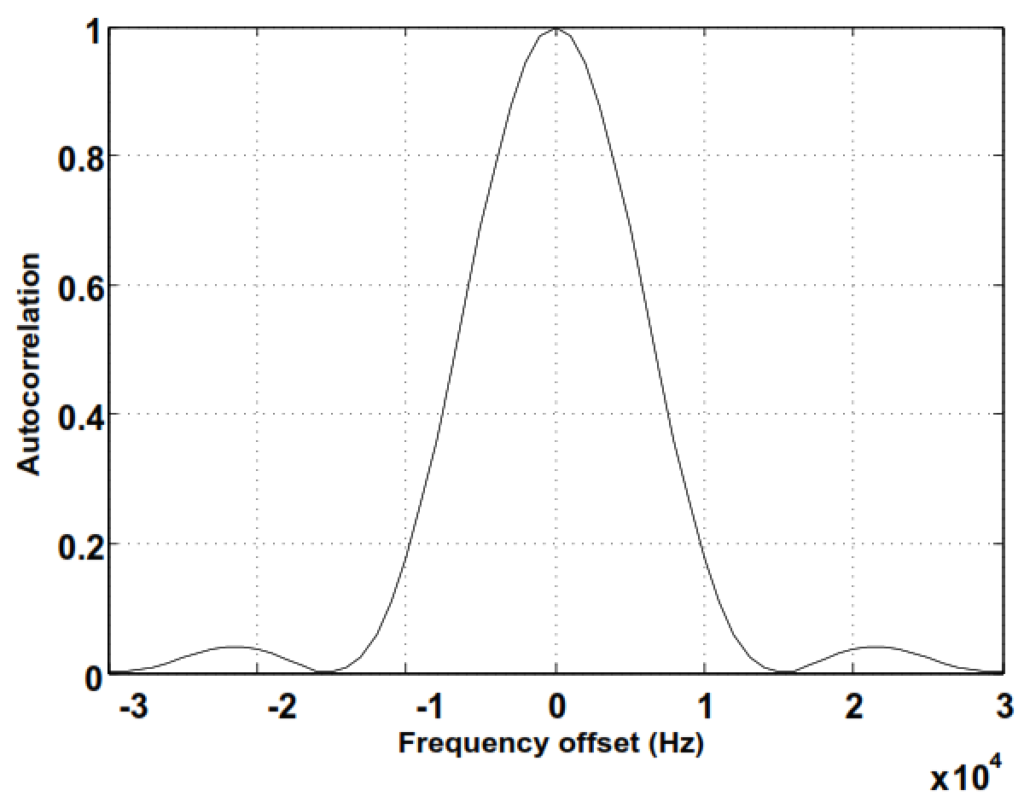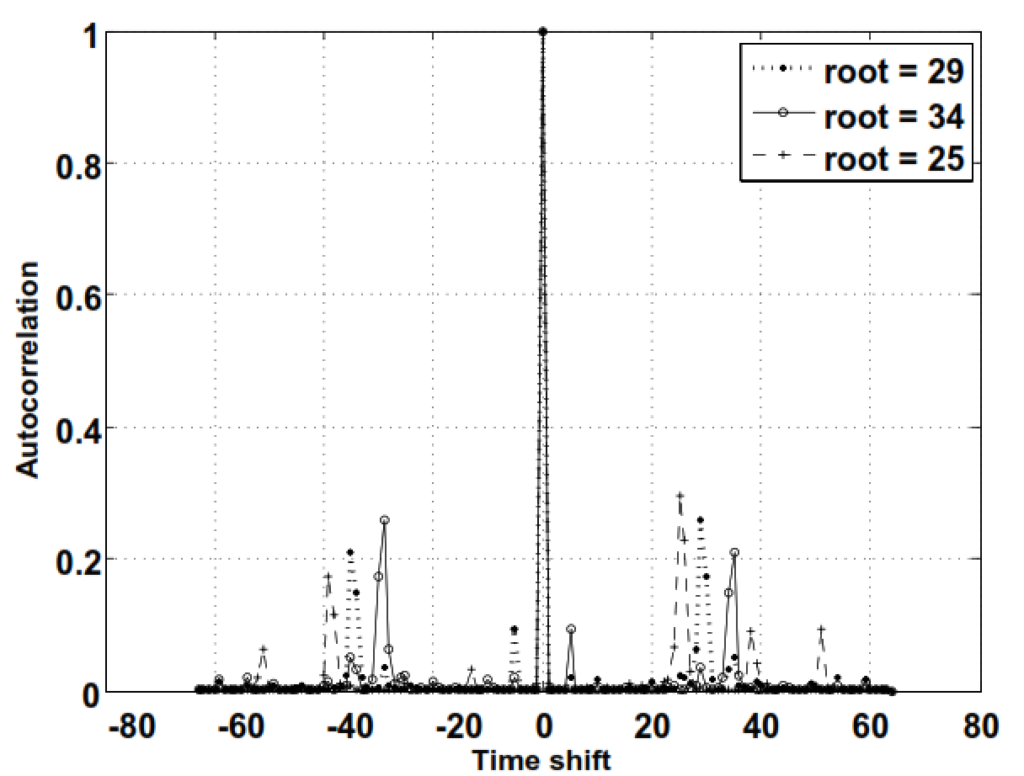The Primary Synchronization Signal (PSS) is a basic signal in LTE, essential for synchronizing user equipment (UE) with an LTE cell. The PSS primarily is used for LTE cell search and time slot synchronization.
Primary Synchronization Signal (PSS) detection for cell search includes mainly physical layer ID and slot timing detection.
Primary Synchronization Signal (PSS).
The PSS employs Zadoff-Chu sequences, which are characterized by their constant amplitude and varying phase shifts, making them ideal for robust synchronization. LTE defines three distinct PSS sequences, each corresponding to one of the three physical cell ID groups. These sequences help the UE identify the cell and establish synchronization.
PSS Sequence Construction.
The PSS is created using a frequency-domain Zadoff-Chu sequence of length 63, with the middle element punctured to avoid transmission on the DC subcarrier. This results in three specific sequences with roots m = 29, 34, and 25. These roots are selected for their excellent periodic autocorrelation and cross-correlation properties, ensuring reliable detection even with frequency offsets.

Frequency domain length-63 sequence for root M is given by

Mapping and Detection.
The PSS sequences are mapped onto the LTE subcarriers in a specific pattern. During the initial cell search, the UE detects the PSS without prior knowledge of the channel conditions. This detection process relies on non-coherent correlation, where the UE uses a maximum likelihood detector to find the timing offset that maximizes the correlation. The PSS’s design allows for detection with frequency offsets up to ±7.5 kHz, providing robustness against frequency drifts.

Performance and Robustness.
The selected Zadoff-Chu sequences exhibit low-frequency offset sensitivity and maintain flat frequency-domain autocorrelation properties. This makes them highly effective for initial synchronization, minimizing the impact of frequency shifts and noise. The cross-correlation values between different sequences are kept low, enhancing the reliability of PSS detection.

Practical Application.
From a practical example, the symmetry in the time domain for roots 29 and 34 allows the UE to use a single correlator for detection, reducing complexity. This efficient design ensures that the UE can quickly and accurately synchronize with the LTE cell, paving the way for subsequent communication steps.
In summary, the Primary Synchronization Signal (PSS) in LTE is a important for initial synchronization, enabling the UE to accurately align with the network’s timing and frequency. Its robust design, based on Zadoff-Chu sequences, ensures reliable detection even in challenging conditions.